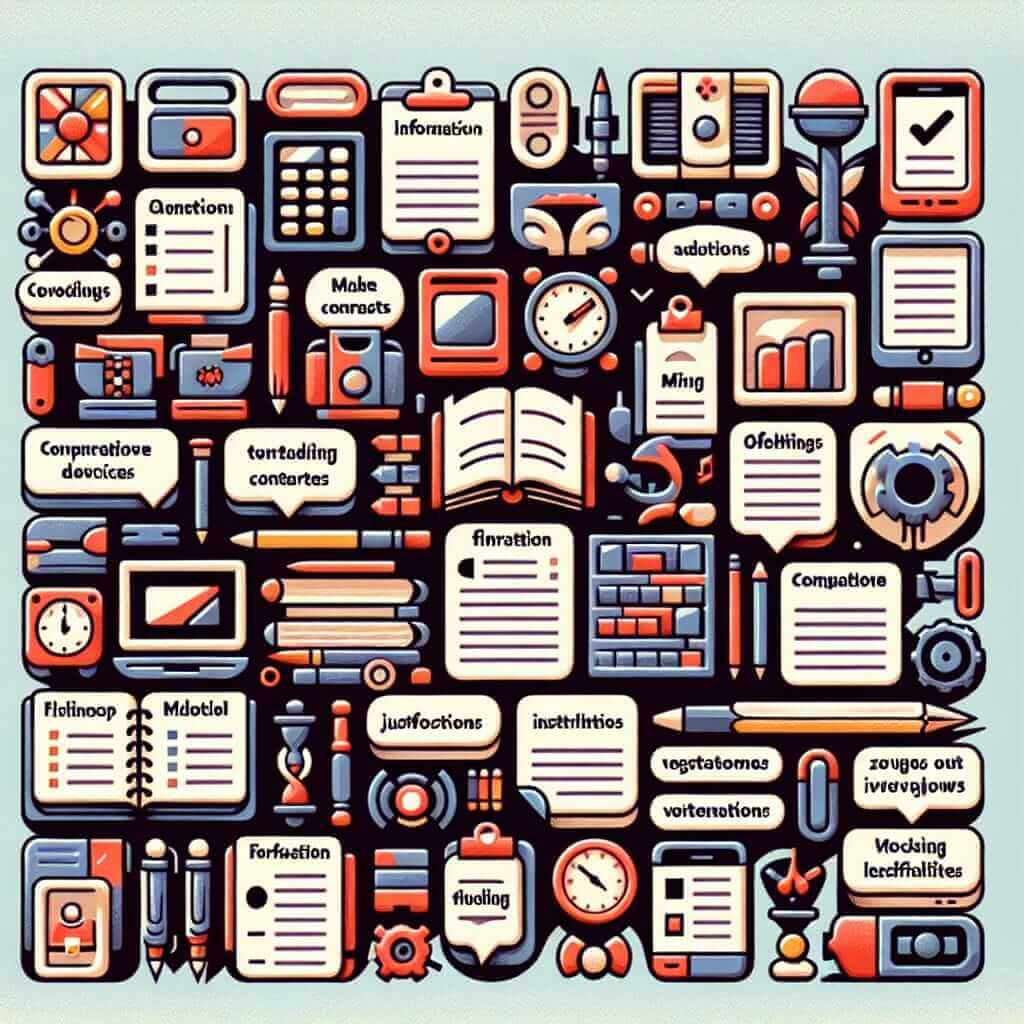As an IELTS instructor with over 20 years of experience, I’ve witnessed firsthand the transformative power of using cohesive devices in the IELTS Speaking test. Many students, however, struggle to use these “connecting words” effectively, often resorting to basic conjunctions like “and” and “but.” This approach can limit your ability to demonstrate the sophisticated range of vocabulary and grammar the IELTS examiners are looking for.
This guide will delve into the “how” of connecting your ideas naturally and impressively, boosting your fluency and overall band score. We’ll explore the significance of cohesive devices, provide practical techniques for incorporating them into your speech, and analyze examples from real IELTS Speaking tests.
Why is Connecting Words Important for IELTS Speaking?
The IELTS Speaking test evaluates your ability to communicate effectively in English. Using a variety of cohesive devices allows you to:
- Enhance Fluency and Coherence: Connecting words and phrases act as bridges between your ideas, creating a smooth and logical flow of speech.
- Showcase a Wider Range of Grammar: Demonstrate your command of complex grammatical structures by using a variety of linking words and phrases.
- Improve Lexical Resource Score: Using a wider range of vocabulary, including less common connecting words, can positively impact your Lexical Resource score.
- Create a More Natural and Engaging Speaking Style: Native speakers use a variety of cohesive devices naturally. By emulating this, your speech will sound more sophisticated and engaging.
Mastering the Art of Connection: Techniques and Examples
Let’s explore different categories of cohesive devices and how to use them effectively:
1. Adding Information and Expressing Similarity
- Furthermore, moreover, in addition (to), besides: Use these to add supporting information to your previous point.
- Example: “I enjoy traveling because it allows me to experience new cultures. Furthermore, it helps me broaden my perspectives.”
- Similarly, likewise, in the same way: Use these to show how something you’re about to say is similar to something you just said.
- Example: “Learning a new language requires dedication. Similarly, mastering a musical instrument takes time and effort.”
2. Contrasting Ideas and Expressing Differences
- However, nevertheless, nonetheless, on the other hand, whereas, while: Use these to introduce contrasting information or viewpoints.
- Example: “Some people prefer living in bustling cities. However, I find peace and tranquility in the countryside.”
- Although, even though, despite, in spite of: Use these to show a contrast between two clauses.
- Example: Although I enjoy watching movies, I prefer reading books in my free time.”
3. Providing Reasons and Expressing Cause and Effect
- Because, since, as, due to, owing to: Use these to explain the reason behind something.
- Example: “Due to the heavy traffic, I arrived at the meeting a few minutes late.”
- Therefore, thus, consequently, as a result, for this reason: Use these to show the result or consequence of something.
- Example: “I studied diligently for the exam; therefore, I felt confident on the test day.”
4. Illustrating Points and Providing Examples
- For example, for instance, such as, namely, to illustrate: Use these when you want to give a specific example to clarify a point.
- Example: “There are many benefits to exercising regularly. For instance, it improves your cardiovascular health and boosts your mood.”
5. Expressing Personal Opinions and Summarizing Information
- In my opinion, I believe, I think, personally, from my perspective: Use these to clearly state your viewpoint.
- Example: “In my opinion, technology has greatly enhanced our lives.”
- In conclusion, to sum up, in summary, overall: Use these to signal the end of your response and provide a concise summary.
- Example: “In conclusion, learning to connect your ideas effectively is crucial for success in the IELTS Speaking test.”

Analyzing Examples from IELTS Speaking Tests
Let’s examine how cohesive devices are used in actual IELTS responses:
Question: What are the benefits of learning a new language?
Candidate: “Learning a new language offers numerous advantages. Firstly, it enhances cognitive abilities, such as problem-solving and critical thinking. Moreover, it opens doors to new cultures and perspectives. For example, by learning Spanish, I was able to communicate with locals during my trip to Spain and gain a deeper understanding of their traditions. In addition to the personal benefits, being bilingual or multilingual is highly valued in today’s globalized job market. Therefore, acquiring a new language is a worthwhile investment.”
Analysis: The candidate effectively employs a variety of cohesive devices to connect ideas logically, providing reasons, examples, and concluding remarks.
Tips for Success:
- Don’t Overuse Connecting Words: While it’s important to use a variety of cohesive devices, avoid overusing them. The goal is to sound natural, not forced.
- Practice Makes Perfect: Regularly practice incorporating different connecting words into your speaking. You can do this by recording yourself answering IELTS practice questions.
- Listen to Native Speakers: Pay attention to how native English speakers use connecting words in their conversations and try to emulate their usage.
- Expand Your Vocabulary: Actively learn new connecting words and phrases to broaden your lexical range.
Conclusion
Mastering the art of connecting words is essential for achieving a high score in the IELTS Speaking test. By using a variety of cohesive devices accurately and appropriately, you can significantly enhance the fluency, coherence, and overall quality of your spoken English, paving the way for success on your IELTS journey!